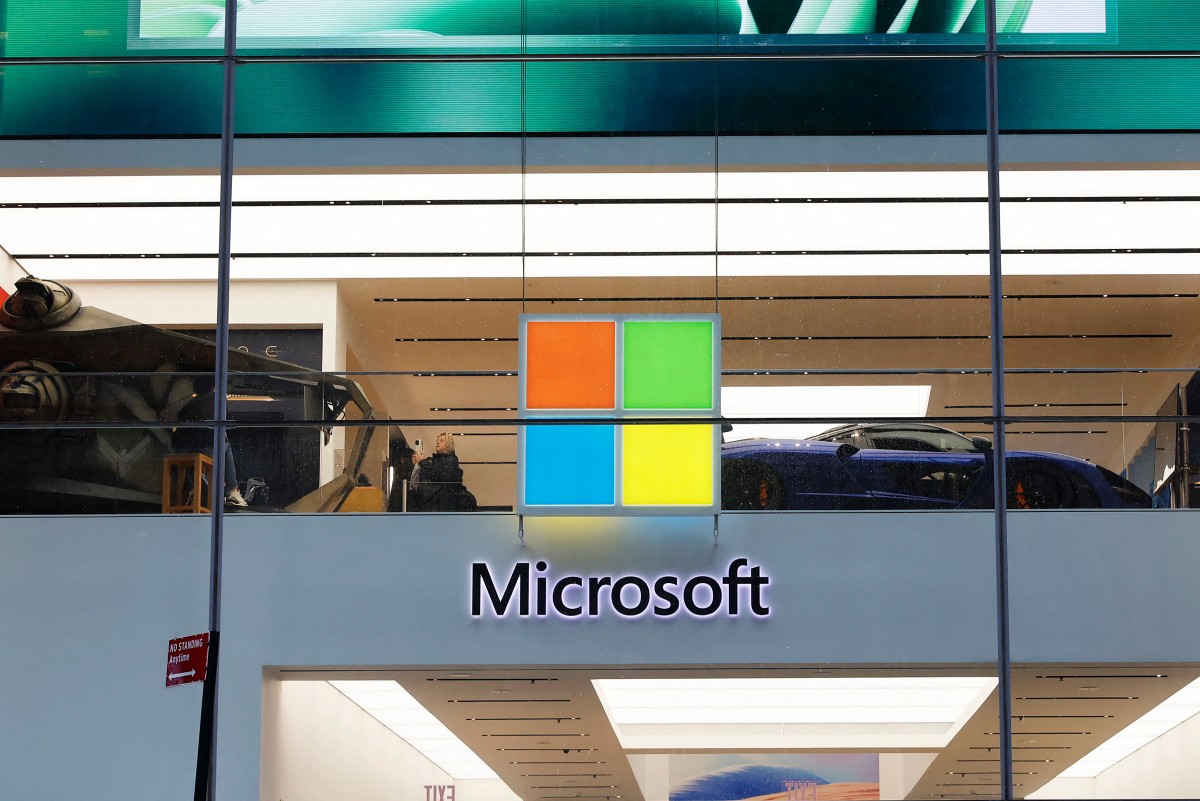
403
Sorry!!
Error! We're sorry, but the page you were looking for doesn't exist.
Microsoft tests new method of storing data for thousands of years without loss
(MENAFN) Microsoft Research is currently exploring the feasibility of storing vast quantities of data on glass plates, which could potentially retain information for thousands of years without degradation or loss. Researchers are employing a method that involves three-dimensional pixels known as voxels to embed data within the glass. This innovative approach contrasts sharply with traditional storage solutions, such as magnetic spinning disks. The Silica Project aims to develop saucer-sized glass plates that can securely hold data for millennia, offering a sustainable storage solution for the global community.
The company highlights the limitations of magnetic storage, which, despite its prevalent use, has a finite lifespan that necessitates frequent data re-copying. This requirement not only increases energy consumption but also raises operational costs over time. Microsoft points out that the concept of storing data on glass is not new, tracing back to the 19th century when glass plates were used to keep individual negatives.
Microsoft envisions the possibility of utilizing small glass disks to store multiple terabytes of data, noting that once information is inscribed into the glass, it becomes immutable. Although there are significant initial costs associated with embedding data in these dense glass plates, the long-term maintenance expenses are expected to be minimal after the data has been stored.
The data storage process involves four main steps: writing data with a high-speed laser, reading the information with a computer-controlled microscope, decoding the data, and finally archiving it in a library. While the initial laser writing process was not efficient, years of research and development have led to advancements that now enable the storage of several terabytes on a single glass plate, with a lifespan projected to last up to 10,000 years. Each plate has the capacity to store approximately 3,500 films. Although glass storage technology is still in its infancy, experts believe it will require an additional three to four stages of development before it can be commercially viable.
The company highlights the limitations of magnetic storage, which, despite its prevalent use, has a finite lifespan that necessitates frequent data re-copying. This requirement not only increases energy consumption but also raises operational costs over time. Microsoft points out that the concept of storing data on glass is not new, tracing back to the 19th century when glass plates were used to keep individual negatives.
Microsoft envisions the possibility of utilizing small glass disks to store multiple terabytes of data, noting that once information is inscribed into the glass, it becomes immutable. Although there are significant initial costs associated with embedding data in these dense glass plates, the long-term maintenance expenses are expected to be minimal after the data has been stored.
The data storage process involves four main steps: writing data with a high-speed laser, reading the information with a computer-controlled microscope, decoding the data, and finally archiving it in a library. While the initial laser writing process was not efficient, years of research and development have led to advancements that now enable the storage of several terabytes on a single glass plate, with a lifespan projected to last up to 10,000 years. Each plate has the capacity to store approximately 3,500 films. Although glass storage technology is still in its infancy, experts believe it will require an additional three to four stages of development before it can be commercially viable.

Legal Disclaimer:
MENAFN provides the
information “as is” without warranty of any kind. We do not accept
any responsibility or liability for the accuracy, content, images,
videos, licenses, completeness, legality, or reliability of the information
contained in this article. If you have any complaints or copyright
issues related to this article, kindly contact the provider above.

















Comments
No comment